Upon perusing the garden landscapes of Jiangnan, the imperial gardens strictly adhere to ceremonial regulations, while the temple gardens are fairly conventional. Only the private gardens, as social gathering places, hold the more liberated and authentic spirits of the ancients, with the elegance and charm of the scholars of Jiangnan on full display.
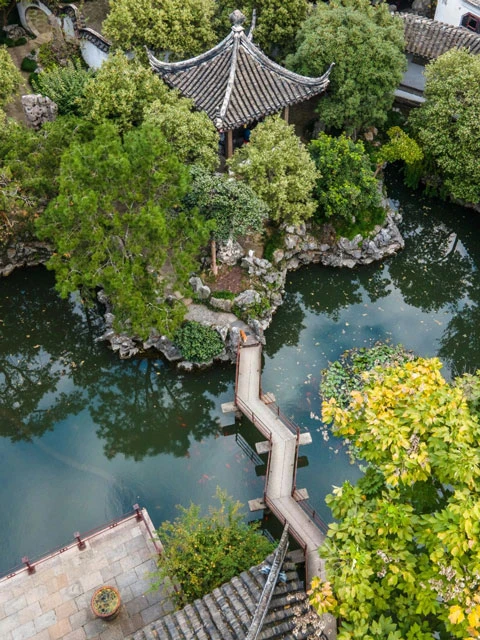
Even in the depths of winter, when the vegetation withers away, the true essence of the landscape and architecture remains beautifully unrestrained, the ingenious concepts and exquisite layouts are truly unique to Jiangnan gardens. Moreover, the private gardens of Jiangnan not only preserve the relaxed atmosphere and refined taste of the ancients, but also, through the meticulous craftsmanship of artisans, become supreme examples of the integration of landscape and culture.
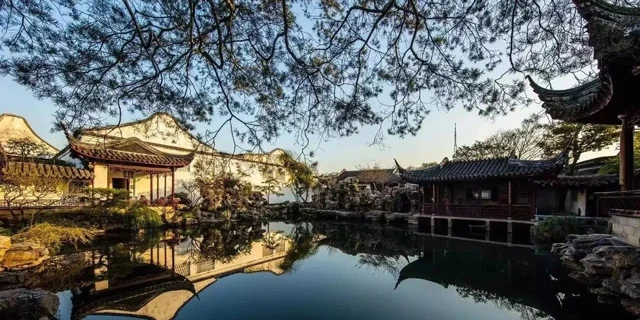
The Jiangnan region, known for its mild climate and abundant resources since ancient times, has thrived economically and attracted many literati. With high water tables and convenient water storage, it provides an excellent foundation for garden construction. Therefore, since the ancient time, Jiangnan has been a prosperous land for gardens.
During the Ming and Qing dynasties, with the rapid development of the commercial economy and the prevalence of extravagant indulgence, the construction of private gardens in Jiangnan reached its peak. The poetic and philosophical realms of literati and Confucian merchants, combined with the exquisite skills of skilled craftsmen, jointly created the proud and distinctive Jiangnan gardens that stand out in the world.
What are the differences and similarities between the gardens of Hangzhou, Suzhou, and Yangzhou? By understanding these, you will discover a more splendid, romantic, and emotional Jiangnan landscape.
Feature Chinese Gardens
The Gardens of Hangzhou
Compared to other gardens, Hangzhou gardens have a natural advantage, the "three sides of mountains and one side of the city" landscape, which adds to the splendor of Hangzhou gardens.
They either embrace the beautiful scenery of West Lake or face the scenic mountains and waters, harmoniously blending near and far, exuding endless charm. The scholar of ancient architecture, Chen Congzhou, summarized it well: "Outside the garden, there is a lake; outside the lake, there is an embankment; outside the embankment, there are mountains; on the mountains, there are pagodas. The beauty of West Lake is obtained in this way." Conversely, Hangzhou gardens also add more poetry and beauty to West Lake. Here, landscape, culture, and people converge, creating a picturesque painting of Hangzhou.
Guo Zhuang
Guo Zhuang is known as the "Crown of classical gardens in West Lake" and is adjacent to the Quyuan Fenghe, one of the Ten Scenes of West Lake. It was built in the 33rd year of the Guangxu reign of the Qing Dynasty (1907) by the silk merchant Song Duanfu and sold to the Guo family of Fenyang during the Republican era, hence the name "Guo Zhuang."
The rockeries and artificial landscapes in Guo Zhuang, which are adjacent to West Lake, are exquisitely crafted, making use of the picturesque scenery of West Lake. Although in close proximity to West Lake, the garden owner cleverly separates the garden from the lake with a large wall, leaving only the one pavilion and a low-level dock for observing the water, as well as the "Scenic Su Pavilion" for a distant view of the lake and mountains. The "Delightful Sight Pavilion" is designed with rockeries cascading into the water. With the vast West Lake outside the garden and the murmuring stream within the garden, from the pavilions and towers, one can admire the beauty of mountains and rivers at different heights.
Liu Zhuang
Liu Zhuang was built in the 24th year of the Guangxu reign (1898) by Liu Xuequn, a native of Xiangshan in Guangdong Province. It was originally named "Shui Zhu Ju" and is now called the West Lake State Guesthouse. With views of the Su Causeway to the east, the Twin Peaks to the west, the Nanping Hill to the south, and the Baochu Pagoda to the north, the layout of the garden is in harmony with the water, creating a magnificent open-style garden.
The Gardens of Suzhou
Suzhou gardens make use of exquisite stone decorations in the courtyards, and the water landscapes are also ingeniously designed. With the layout principle of scattered and uneven, the combination of movement and stillness, and the interplay of emptiness and reality, the gardens enhance a winding and profound artistic conception, with lovely scenery at every turn.
Zhuo Zheng Yuan
In the fourth year of the Zhengde reign of the Ming Dynasty (1509), Wang Xianchen, an official of the Imperial Censorate who was disheartened by his official career, decided to retire to the mountains and spent all his wealth building the Humble Administrator's Garden. The rockeries in the garden, inspired by nature, are located under pavilions, inside the courtyard gates, and among the water systems, each offering a unique perspective and high aesthetic value.
The artificially created cascading waterfalls flow down from the rockeries, giving the Humble Administrator's Garden a sense of stillness and movement. Water is the soul of the garden. The central garden has an even larger water surface, encompassing one-third of the entire garden, exuding the unique tenderness of the water towns of the Jiangnan region.
Liu Yuan
The Liu Yuan was originally built in the 21st year of the Wanli reign (1593) of the Ming Dynasty by Xu Taishi, a junior official of the Ministry of Ceremonies. It has been renovated and expanded by successive owners until it became the present "Liu Yuan". The central part of the existing garden is the longest-operated section and represents the essence of the entire garden, while the rest was mostly added during the Guangxu reign of the Qing Dynasty.
As Suzhou is rich in Taihu stones, the Liu Yuan also extensively uses these stones for its rockeries, with larger individual stones being employed. The Guanyun Peak in the Lingering Garden stands at a height of 6.5 meters and weighs about 5 tons. It combines the qualities of being slim, wrinkled, porous, and translucent, earning the reputation as the crown jewel of Jiangnan garden rockeries. Compared to the Zhuo Zheng Yuan, although the Lingering Garden has a smaller water surface area, it is not lacking in ingenuity. In the center of the garden's water, there is a Penglai Island. Despite its limited space, the ethereal realm created by the ancients knows no bounds.
The Gardens of Yangzhou
In terms of time, Yangzhou Gardens were built during the mature period of garden construction, which corresponds to the middle and late periods of the Qing Dynasty. The owners of Yangzhou Gardens were mostly Confucian merchants from Huizhou, Anhui. In addition to enjoying the poetic and picturesque qualities of the gardens, the owners competed in extravagance. These gardens served as social venues for hosting guests and conducting business negotiations, representing the epitome of opulence and magnificence.
Ge Yuan
Huang Zhiyun, the chief salt merchant of the Two Huai Salt Industry, expanded the original Ming Dynasty "Shouzhi Garden" into Ge Yuan in the 23rd year of the Jiaqing reign of the Qing Dynasty (1818 AD). The most representative feature of Yangzhou's rockeries is undoubtedly the "Four Seasons Rockery" of Ge Yuan. Built with bamboo stones, lake stones, yellow stones, and Xuan stones, it symbolizes the four seasons of spring, summer, autumn, and winter. The art of rock stacking is superb, with unique and extraordinary designs, integrating the principles of garden construction and the aesthetics of landscape painting, truly breathtaking.
The texture of the yellow stones is robust and ancient, with a slight yellow color. When the setting sun casts a rosy glow, it presents a striking autumnal hue. For the winter mountains, a special kind of Xuan stone containing quartz is used, which becomes whiter as it ages. It shines brightly under the sunlight and appears pure white when backlit, resembling undissolved snow.
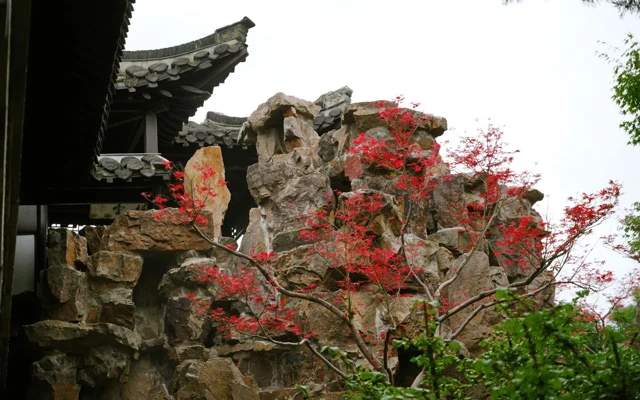
He Yuan
He Yuan, originally named "Jixiao Villa," is a classical garden architecture dating back to the mid-Qing Dynasty. In the ninth year of the Guangxu reign, it was acquired by He Zhichuan and rebuilt. The rockeries in the garden were crafted by the master stonemason Shi Tao and are renowned as the "top one garden of the late Qing Dynasty." Due to Yangzhou's location in an alluvial plain, there is a scarcity of stones, so the garden owners often utilized salt merchant ships to transport precious rockery stones for construction, resulting in smaller stones being commonly found in the garden.
Compared to the water-rich gardens like Slender West Lake in Yangzhou, He Yuan is situated in the midst of the city. To prevent a decrease in water levels during dry seasons, when constructing the water bodies, yellow sand was used for plastering the upper part of the water barrier. This ensures that regardless of drought or heavy rain, the water level in He Yuan remains relatively stable, demonstrating the wisdom of ancient craftsmen in Yangzhou.
Construction Characteristics of Chinese Gardens
Hangzhou Gardens
The majority of Hangzhou gardens are situated by the West Lake, thus they are built in harmony with the landscape, featuring a spacious layout and rich layers, following the design principles of landscape painting. If we talk about the ingenious concept of "creating a new view within a footstep", Hangzhou gardens also embody this idea.
For example, Guo Zhuang starts with a narrow corridor at the entrance. The craftsmen, with their clever thinking, created a sense of infinite extension in the narrow corridor by using the repetition of doors, making the doors at the exit of the corridor the same style as the ones directly opposite through a courtyard. Suzhou gardens are typical private gardens in the Jiangnan region, with flexible and elegant layouts, and the buildings exhibit a light, delicate, and ethereal style.
Suzhou Gardens
Take the bridges as an example. In Suzhou gardens, the scale of the bridges is generally small, often with simple designs. The low bridge bodies allow people to get close to the water surface, making it easy to observe fish and enjoy the lotus, creating a feeling of strolling on the water.
The doors and windows in Suzhou gardens are also remarkable, exquisitely diverse, semi-open and semi-closed, with interplay of light and shadow, appearing both real and illusory, allowing people to appreciate the beauty of the gardens without leaving their homes.
Yangzhou Gardens
Compared to Suzhou and Hangzhou gardens, the architecture in Yangzhou gardens is often larger, and the decoration is also very luxurious. Some individual buildings have a slightly heavier color, absorbing more characteristics of northern garden construction.
The Wuting Bridge on Slender West Lake is a typical example. Twenty-eight large red columns support five pavilions, and the pavilion roofs are extremely rare yellow tops seen in Jiangnan gardens. The bridge foundation is made of large bluestone, with 15 arched openings under the bridge, including 3 large openings for boats to pass through. When the moon is high in the sky, each arch is illuminated by the moon, creating a silver shimmering scene, with multiple moons competing for brilliance, reflecting in the lake, comparable to the "Three Pools Mirroring the Moon" in West Lake, Hangzhou.
Characteristics of Plants in Chinese Gardens
Hangzhou Gardens
In ancient times, Hangzhou was already filled with roses. Guo Zhuang holds a rose festival every year in mid-May, where various types of roses and roses decorate the gardens like a dream, dazzling people's eyes. In addition, there is a bridge in Guo Zhuang that leads directly to the Quyuan Fenghe, where the fragrance of lotus in the summer breeze fills the heart and delights the soul.
Suzhou Gardens
Most of the flowers and plants in Suzhou gardens are traditional local varieties, carefully selected and matched to create a poetic and picturesque presentation, showcasing a transcendent sense of beauty.
In spring, the Zhuo Zheng Yuan is filled with blooming flowers. You can visit the Camellia House to admire camellias, the Wisteria beside the Thirty-Six Mandarin Ducks Hall to see Wisteria, and the Cherry Blossom Pavilion in Haitang Chunwu to enjoy cherry blossoms. In summer, you can go to the Distant Fragrance Hall and the Four-sided Pavilion in the Breezy Lotus Pool to appreciate lotus flowers. In autumn, you can visit the Wenyuan Fragrance Pavilion in the Liu Yuan to smell the fragrance of osmanthus and cassia.
Yangzhou Gardens
In Yangzhou gardens, the most common local tree species are willows, pines, cypresses, elms, maples, pagoda trees, ginkgo trees, and phoenix trees.
Since the Tang and Song dynasties, Yangzhou's bamboo forests have attracted countless literati and scholars. The representative plant of each garden is bamboo, which is just as famous as the gardens themselves. Without bamboo, a place would be vulgar. The host's emotions and artistic taste are hidden in this name.
Artistic Characteristics of Chinese Gardens
Hangzhou Gardens
Hangzhou gardens are adjacent to the West Lake. Although they cannot compare to the delicacy and uniqueness of Suzhou gardens, they have their own unique aspect as non-typical gardens, which is the sense of openness bestowed by the grandeur of the West Lake landscape and the flow of visitors.
Suzhou Gardens
Suzhou gardens are small, free, and exquisite. Most of the garden owners in Suzhou are literati with high artistic cultivation, emphasizing the unity of culture and art. Therefore, the Suzhou gardens have a strong artistic style of literary atmosphere and elegance.
Entering a Suzhou garden, one can find poetry and picturesque scenes everywhere. In addition, Suzhou gardens have a kind of hidden and tranquil beauty. For example, the owner of the Zhuo Zheng Yuan, Wang Xianchen, after experiencing setbacks in officialdom, did not pursue fame and fortune, but devoted himself to cultivating flowers and vegetables as his political pursuit. Although he self-mockingly said so, who wouldn't feel a sense of tranquility and peace when seeing such a beautiful water town garden?
Yangzhou Gardens
Located at the junction of the north and south, Yangzhou gardens showcase the fusion of northern and southern cultures. Both the elegance of the south and the grandeur of the north can be found here. For example, the theme architecture of He Yuan's Yuxiu Tower consists of two brick and wood two-story buildings, incorporating both the traditional Chinese concept of connected buildings and Western architectural techniques, such as French-style louvered doors and windows, Japanese-style sliding doors, French-style fireplaces, and iron beds, and so on.
In fact, each place's gardens have their own subtleties. Without experiencing the gardens, how can one know the beauty they possess? One must carefully appreciate and gradually discover their essence.
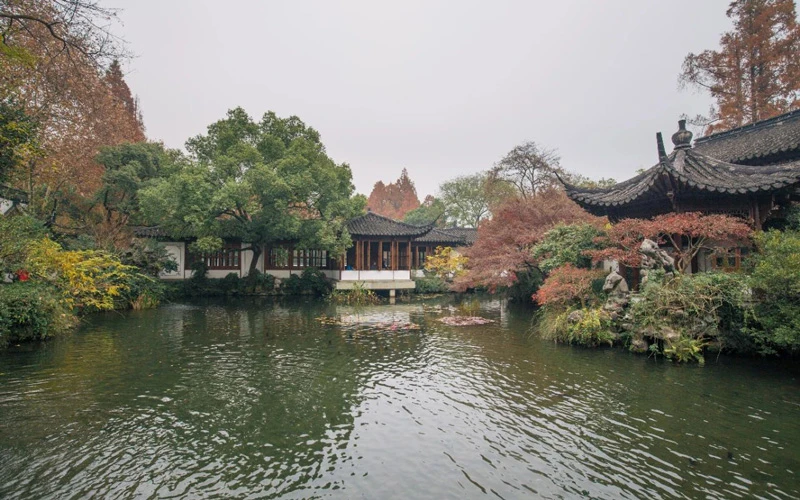
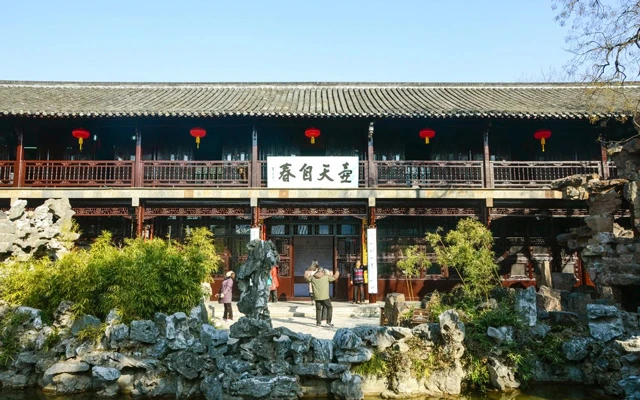
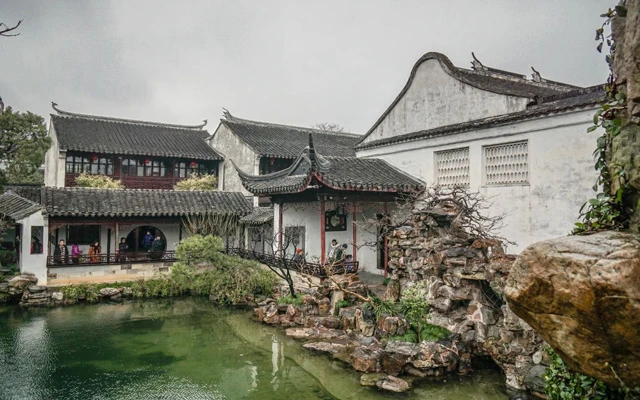
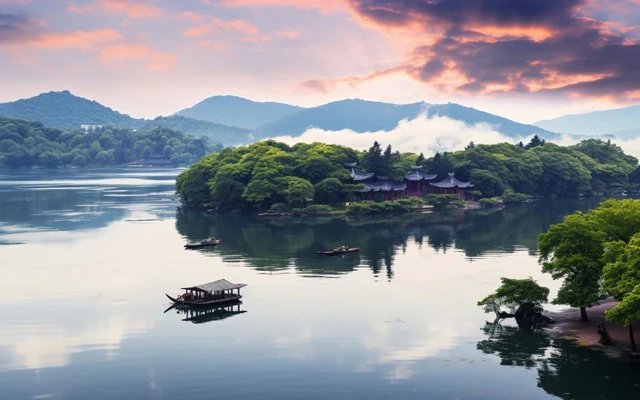
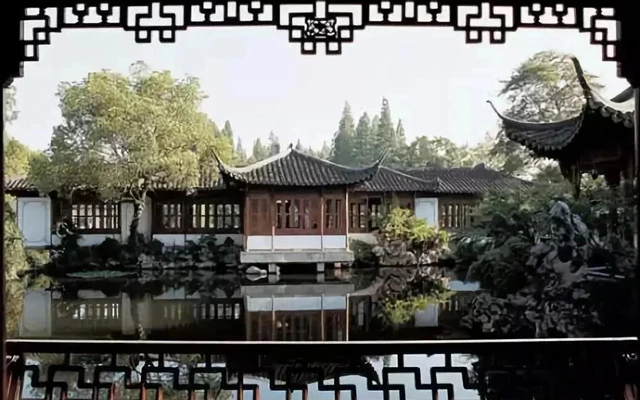
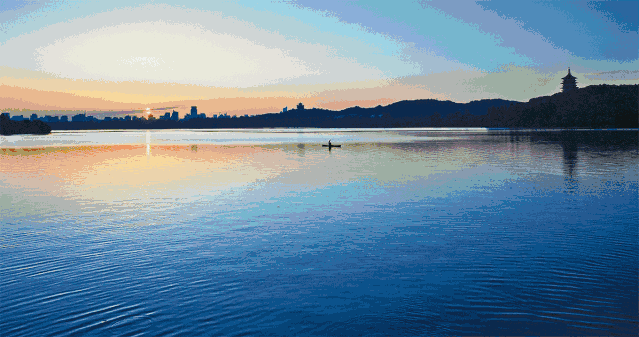
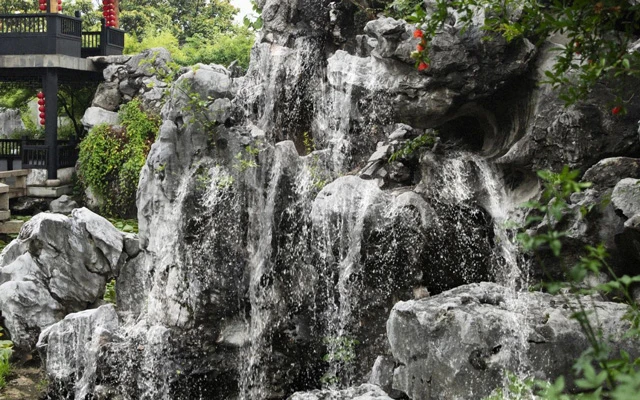
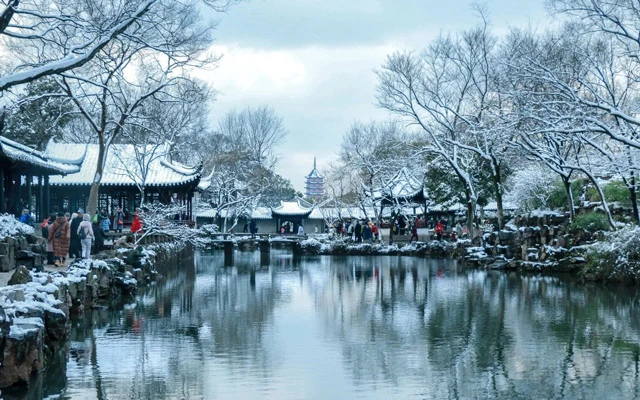
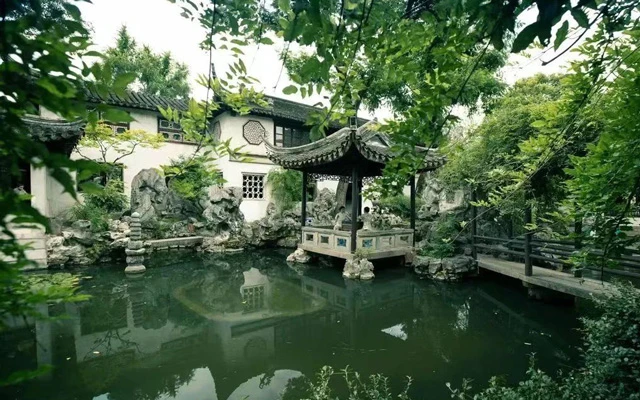
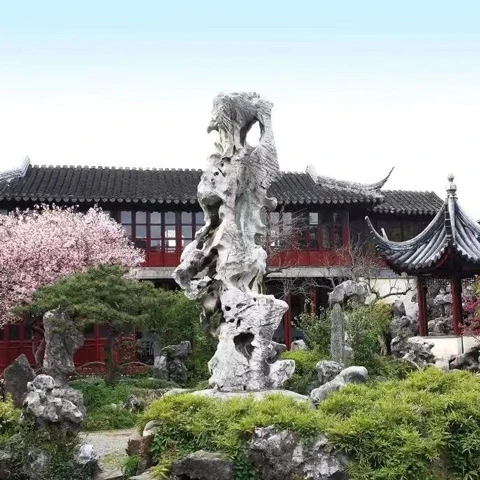
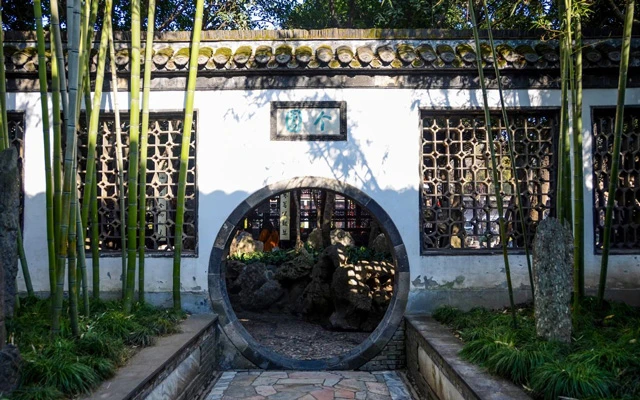
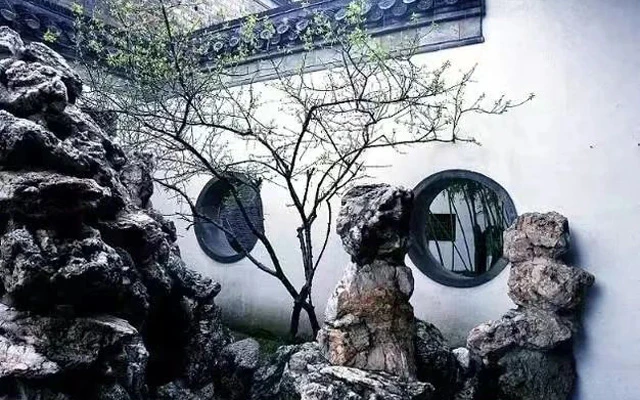
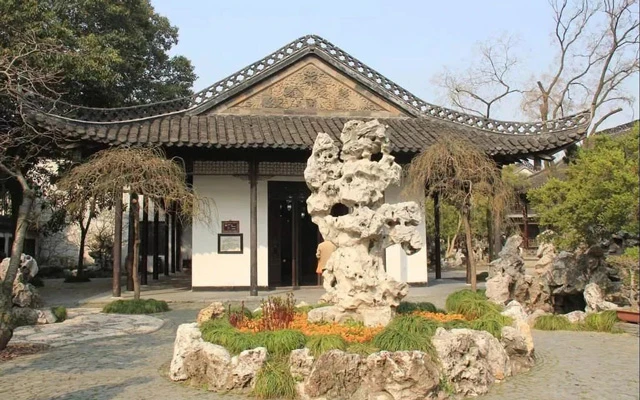
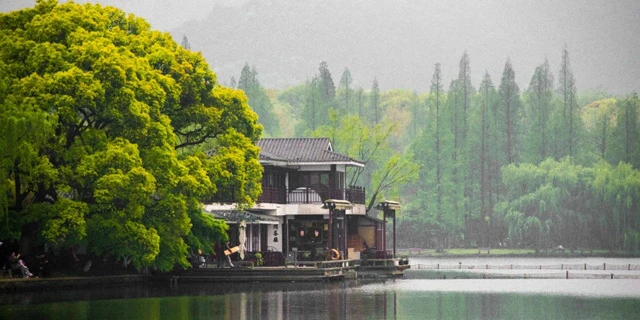
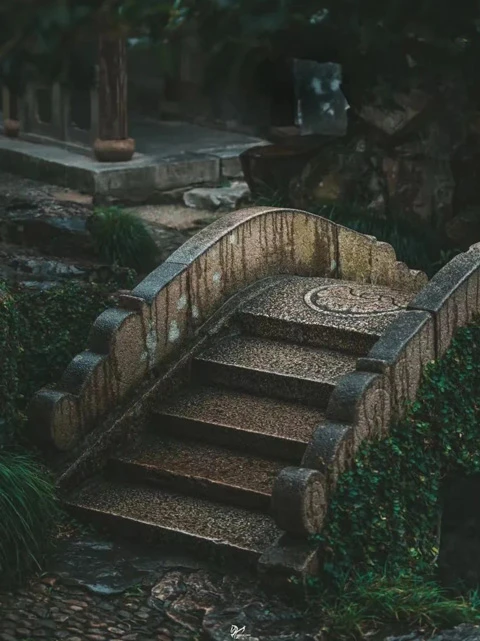
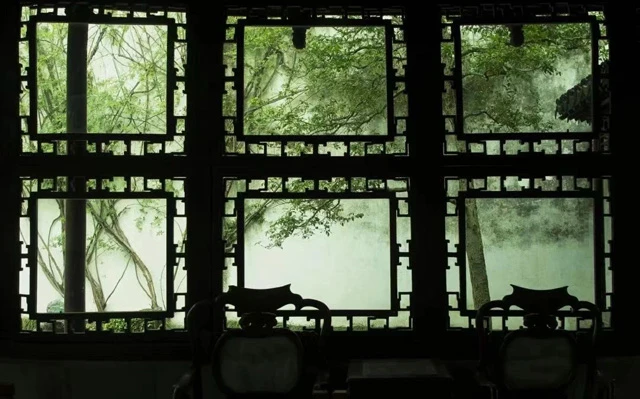
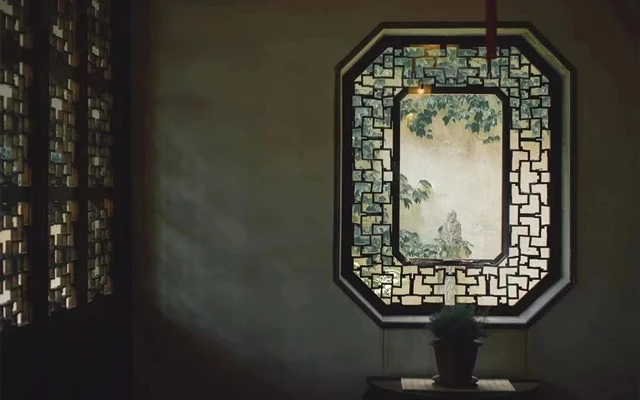
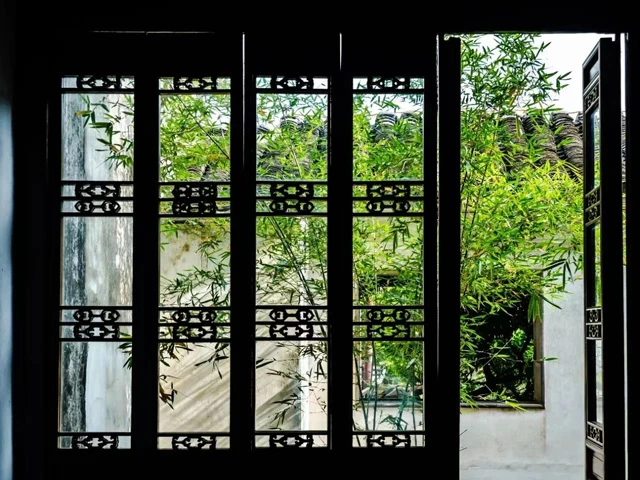
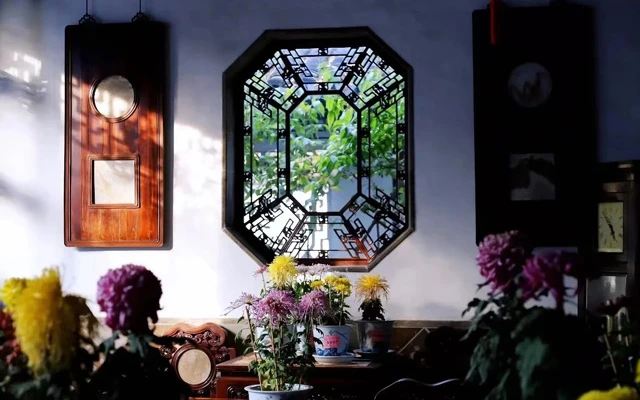
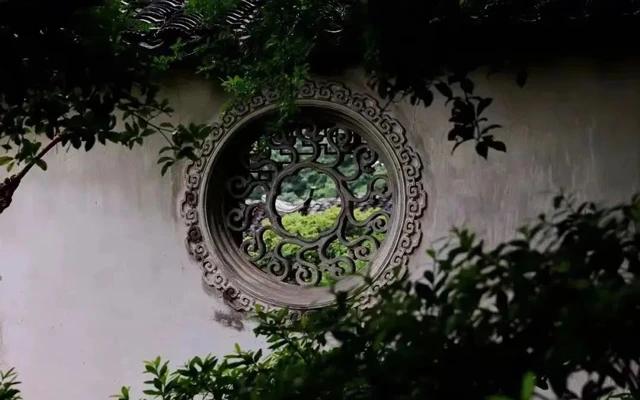
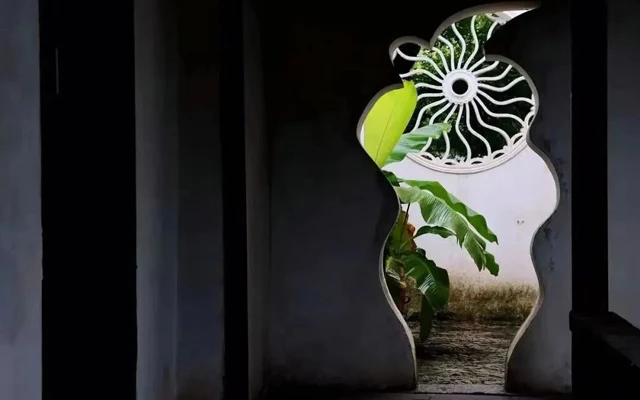
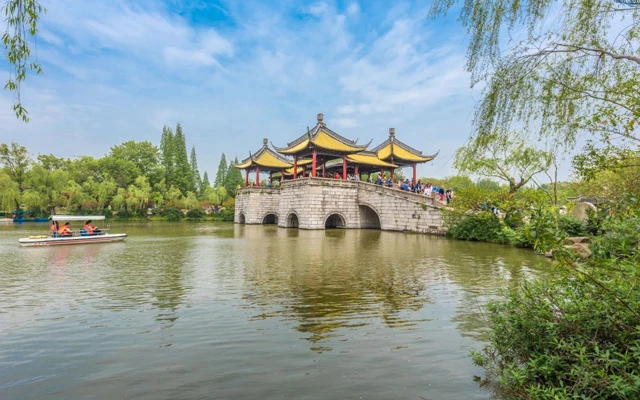
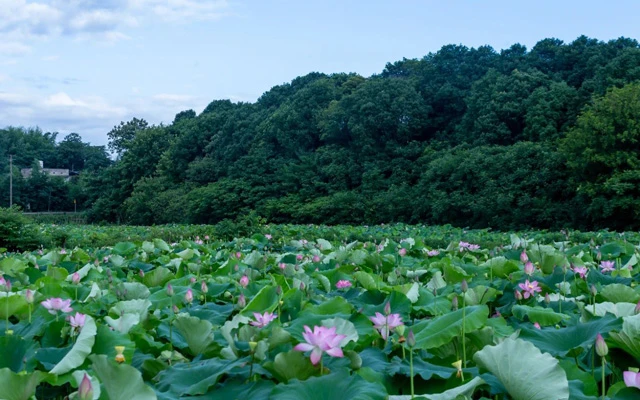
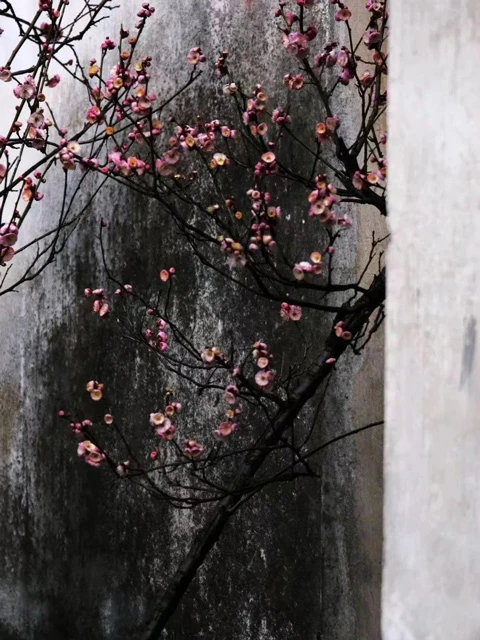
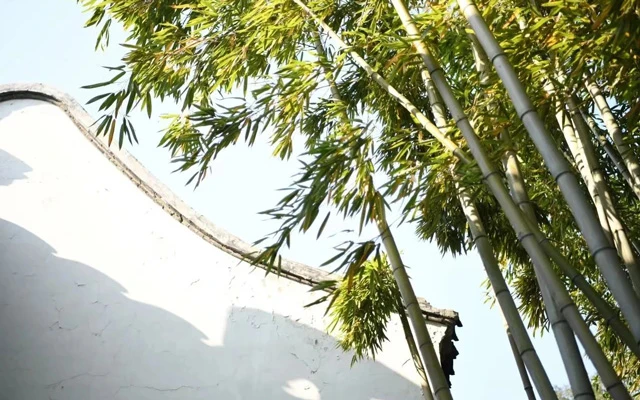
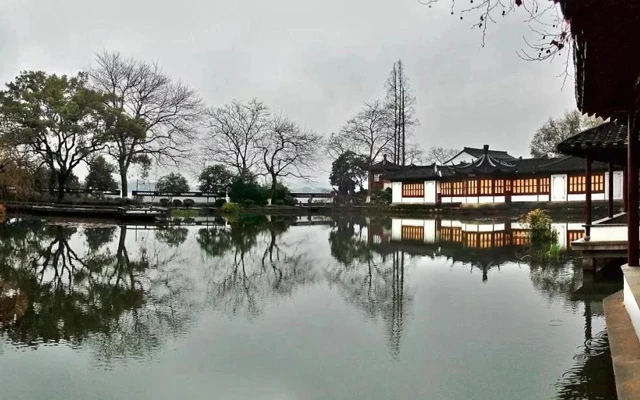
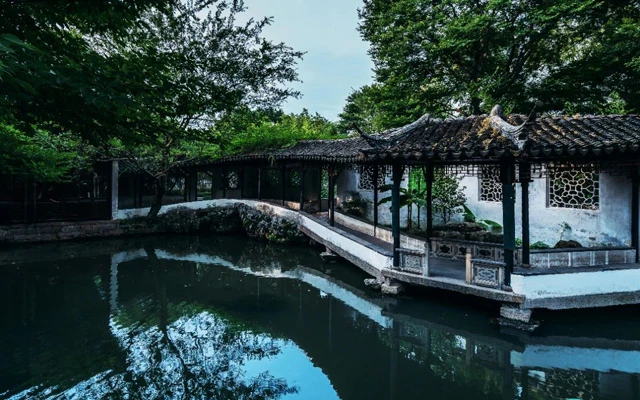
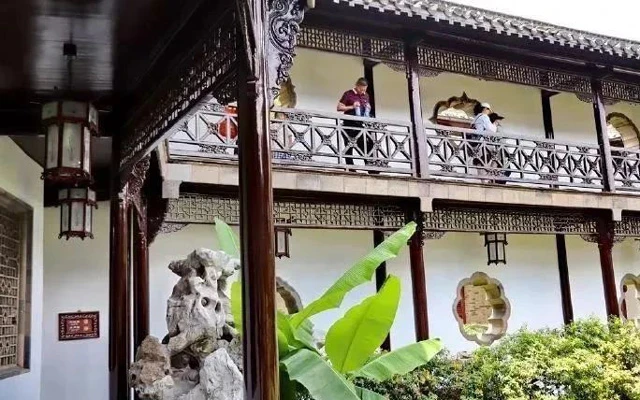


Beautiful gardens! 🙂